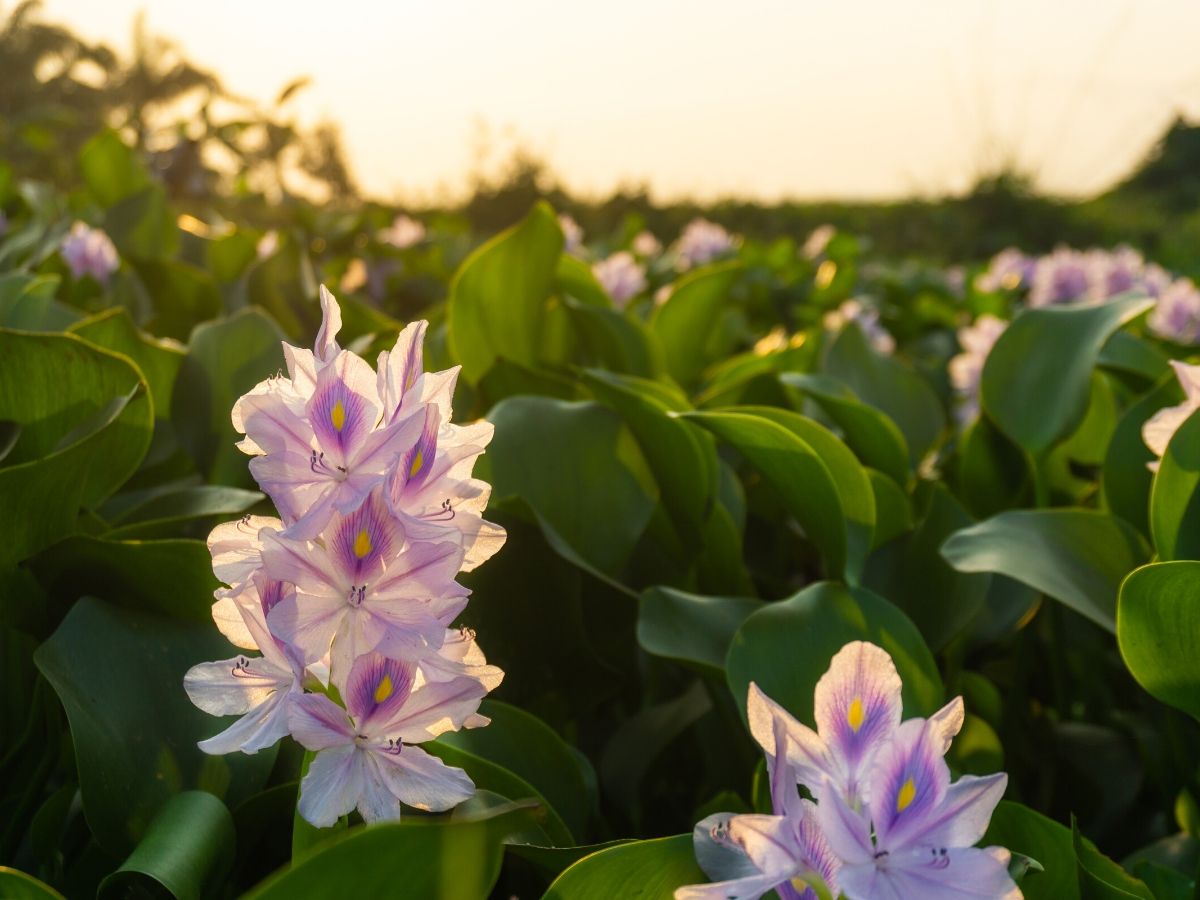
This study uses fiber from water hyacinth as the object of research, which is a plant that contains lignocellulose which consists of cellulose, lignin, and hemicellulose. Cellulose extraction is needed to obtain purer cellulose. The cellulose extraction method used was alkalization, using a 17.5% NaOH solution in a mass: volume ratio of 1: 100 with a variation of alkalization time for 20 minutes, 40 minutes and 60 minutes and the alkalization method uses the reflux heating method. Tests used in this study were include gravimetric methods namely Chesson Datta, Fourier Transform Infrared (FTIR), and Scanning Electron Microscope (SEM). Chesson Datta is used to determine the quantitative lignocellulose content by reducing the initial mass and final mass of the sample from the process. FTIR is used to determine the functional groups that lignocellulose has from each sample. SEM was conducted to determine the morphology of the water hyacinth fibers before and after the alkalization treatment. The results obtained by Chesson Datta, with the most optimal alkalization time were 20 minutes with 53.3% cellulose content, 27.6% hemicellulose, and 0.3% lignin. FTIR shows the functional groups C= O, C= C, and CH belonging to lignocellulose along with the shifting of the wave number and the change in absorbance in each variable. SEM shows morphological differences in the fibers undergoing the process of alkalization with those without treatment. So that the alkalization affects the morphology of the water hyacinth fiber.